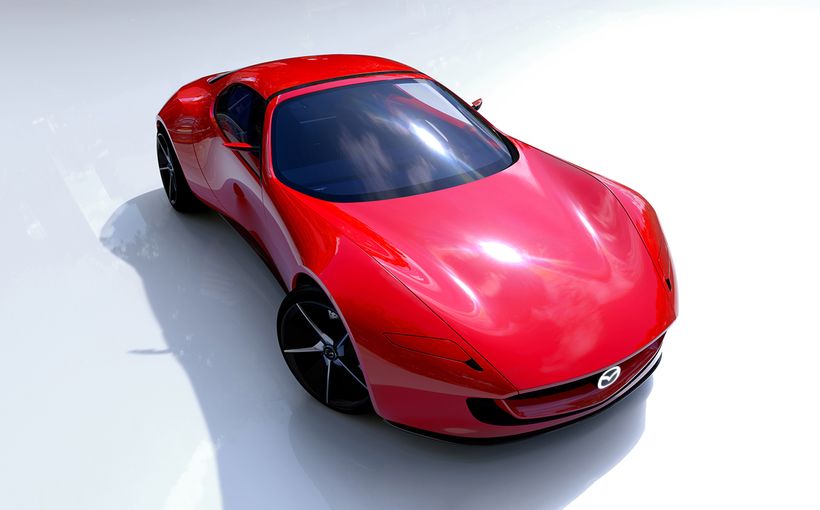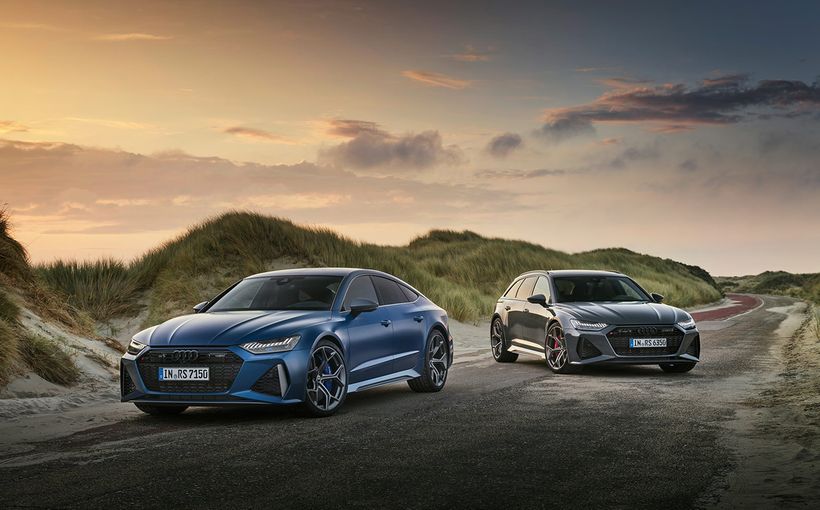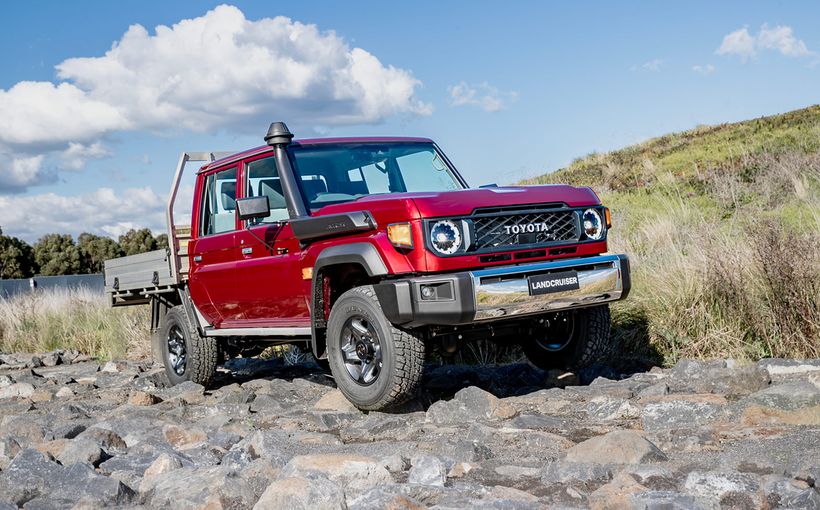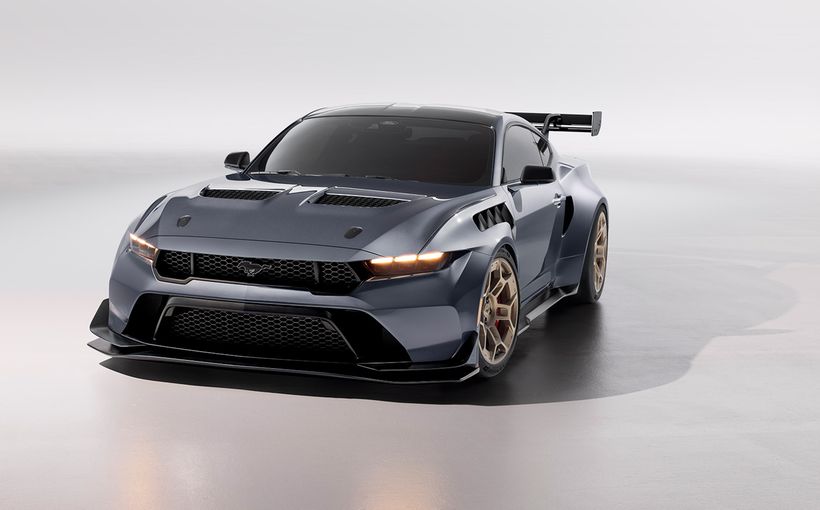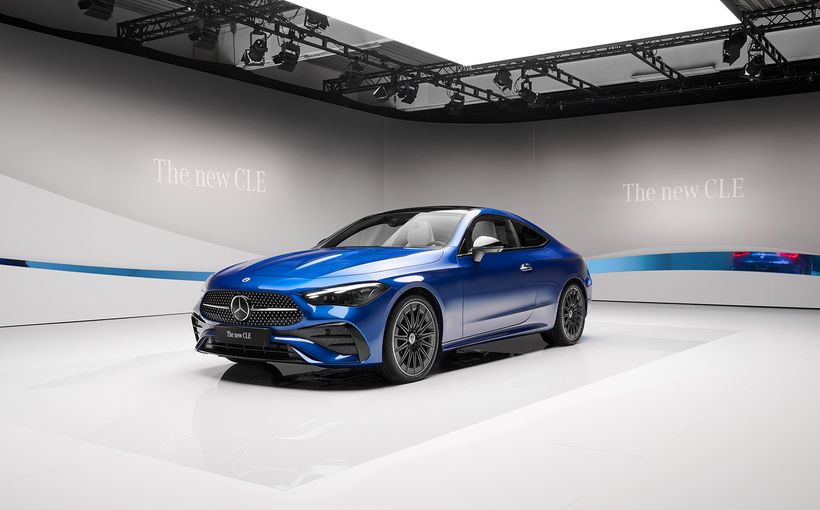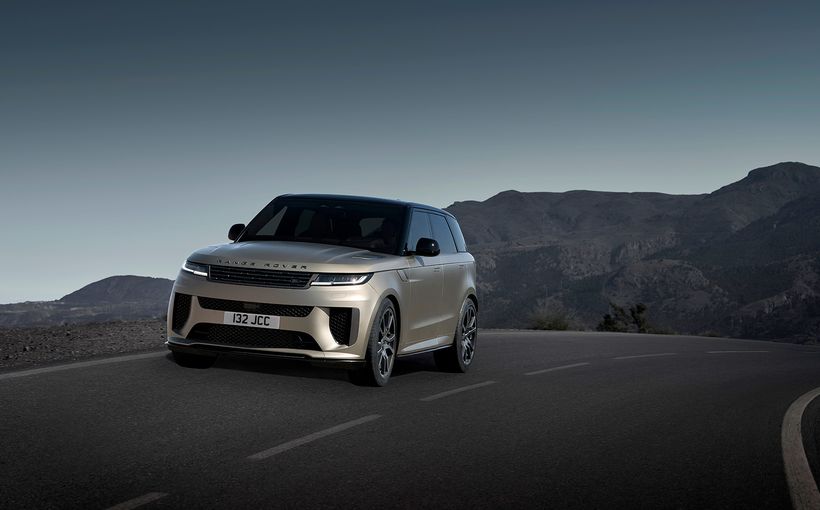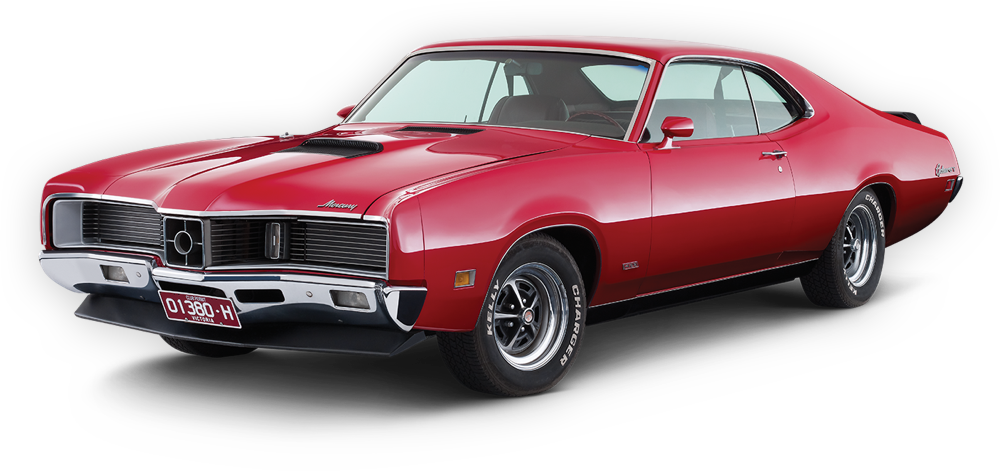Mercedes-Benz's new entry-level model still A-Class above
LET’S be honest, Mercedes-Benz cars used to be pretty much driven by middle-aged executives looking for comfort from a premium brand.
Not many people under the age of 30 found the Mercedes brand sexy or exciting, with the likes of the C-Class mid-sizer, S-Class large luxury limo or even the sportier SL convertibles, let alone the dorky first two generations of A-Class hatchback.
That all changed in 2012 though, with the introduction of the third-generation A-Class that brought with it much needed youth appeal, and now Mercedes has built on that success with the fourth-gen small car.

With the covers ripped off the new A-Class in Amsterdam, Mercedes’ new small car might not look hugely different than before, with the evolutionary exterior design retaining short rear overhangs and a long bonnet, which is steeper than before, while the horizontal tail-lights give the impression of a squatter stance.
Kicking off the new range will be the A200 version powered by a 1.4-litre turbocharged four-pot petrol engine that will be mated to a seven-speed dual-clutch automatic transmission, which should arrive in local showrooms around the third quarter of 2018.
A more powerful A250 powered by a reworked 2.0-litre turbo four-cylinder engine will also arrive a little later on, but the third engine revealed in Europe – the 1.5-litre oil-burning A180d – will not make it Down Under.

However, odds are that a new A180 petrol will come in as the new-generation model’s range-opener, but when that will be and what it will be powered by is currently unclear.
The new-generation model is more substantial too, being 120mm longer, 16mm wider, 7mm taller and with a 30mm wider wheelbase compared with the popular third-generation A-Class.
Thanks to the boost in physical dimensions, the new A-Class can accommodate 35mm and 36mm more elbow room front and rear, while shoulder space is also up 9mm and 22mm respectively.

Taller occupants should also take note as headroom has increased 7mm up front and 8mm in the second-row seat.
The rear hatch boot opening is wider than before to make luggage loading easier than before, while the boot will now swallow 29 more litres of volume up to 370L.
Inside, the biggest change is the inclusion of the Mercedes-Benz User Experience (MBUX) infotainment system available in three options, either two 7.0-inch displays, two 10.25-inch screens, or one apiece.

Reading more like the spec-sheet of a gaming computer, the MBUX system is underpinned by a six-core processor, 8GB of RAM and a graphics processing unit supplied by renowned component manufacturer nVidia.
What does an infotainment system need with that much processing power? How does natural voice recognition that let’s you use conversational speech to control in-vehicle functions such as air-conditioning and satellite navigation data sound?
Simple say ‘Hey Mercedes’ and MBUX will listen out for your instructions that can be as casual as ‘I’m cold’, which the system will recognise and turn up the temperature of the climate control – a first in any Mercedes-Benz model.

Safety technology also gets a level up with the A-Class adopting systems from the S-Class, such as adaptive cruise control, traffic sign recognition, lane-keep and lane-change assistance, as well as automatic parking functionality.
Expect prices to creep up a bit too thanks to the lift in technology and equipment, although the increase in cost should be marginal.
The new A-Class range will likely start at around $40,000 before on-road costs like its predecessor and will top out with an AMG-fettled A45 version at about double the price.

While the outgoing Mercedes-AMG A45 utilises a turbocharged in-line four-cylinder engine producing 280kW of power at 6000rpm and 475Nm of torque between 2250 and 5000rpm, details on the new version are still under wraps.
It is rumoured however, that the new A45 will crack the 300kW mark for a zero to 100km/h sprint in less than four seconds, which would make the Mercedes super-hatch about as quick as a V12-powered Aston Martin DB11.
A new sub-flagship A35 version is also confirmed with outputs expected to be around 250kW/450Nm thanks to a 48-volt battery-boosted 2.0-litre four pot.

Design and performance of the new model is a far cry from the original A-Class launched in 1997 as Mercedes’ first small-car model, which featured a tall but short body design and front-wheel-drive platform.
The second-generation A-Class came in 2004 to replace the original and sported evolutionary styling and a flagship 142kW/280Nm 2.0-litre force-fed A200 Turbo.
However, neither version has managed to capture the attention of the market quite like the handsome third-gen A-Class, a success Mercedes is undoubtedly hoping to replicate with the introduction of the fourth-generation hatchback.
Protect your Mercedes-Benz. Call Shannons Insurance on 13 46 46 to get a quote today.




